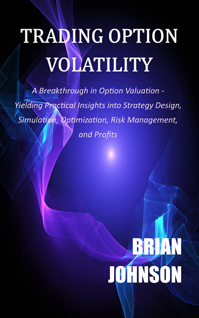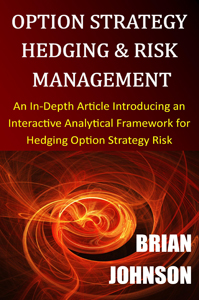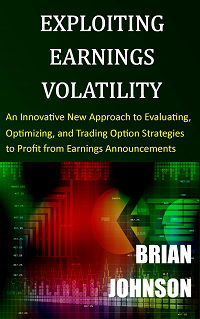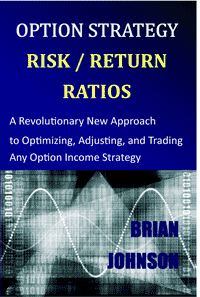Categories
Archives
AI Volatility Edge E-Subscription
OIS Universal Filter E-Subscription
Brian Johnson’s Books
Trader Edge Affiliates
Recent Posts
Recent Comments
- Brian Johnson on Trading Option Volatility Featured in Stocks & Commodities Magazine
- John C on Recession Model Forecast: 10-1-2022
- Recession Model Forecast: 10-1-2022 | Trader Edge on New AI Volatility Edge Platform
- Steve Ginn on Trading Option Volatility Featured in Stocks & Commodities Magazine
- John C on Recession Model Forecast: 03-01-2022
Author’s LinkedIn Profile
Affiliates
Resources
Blogroll
- Abnormal Returns
- Algo Dude
- Chart Swing Trader
- CSS Analytics
- Don't Fear The Bear
- DShort.Com
- Dynamic Hedge
- FactorWave
- Intelligent Trading
- MarketSci Blog
- My Simple Quant
- Nightly Patterns
- NovelInvestor.com
- NYC Trader
- Only VIX
- Option Pit
- Quantifiable Edges
- Quantivity
- Quantocracy
- QUSMA
- Six Figure Investing
- System Trader Success
- The Capital Spectator
- The Relativity Report
- Traders Blog
- Trading the Odds
- Tyler's Trading
- Vix and More
- Volatility Futures & Options
- World Beta
- Zen Trader
Meta
Disclosure
Trading Insights, LLC receives compensation for purchased made through affiliates above.Limitation of Liability
Under no circumstances, including but not limited to negligence, shall Brian Johnson and/or Trading Insights, LLC be liable to you for direct , indirect, incidental, consequential, special, punitive or exemplary damages. Please read the Disclaimer & Terms page in its entirety.
Category Archives: Economic Indicators
Recession Risk Remained Low In June
The following article updates the diffusion index, recession slack index, aggregate recession model, and aggregate peak-trough model through June 2013.
Posted in Economic Indicators, Fundamental Analysis, Market Timing, Recession Forecasting Model
Tagged aggregate peak-trough model, aggregate recession model, diffusion index, logit model, probit model, recession forecast, recession forecast June 2013, Recession Slack Index, Trader Edge
Leave a comment
Non-Farm Payroll (NFP) Model Forecast – June 2013
This article presents the Trader Edge aggregate neural network model forecast for the June 2013 non-farm payroll data, which will be released tomorrow morning.
Recession Risk Remained Low in May
The following article updates the diffusion index, recession slack index, aggregate recession model, and aggregate peak-trough model through May 2013.
Posted in Economic Indicators, Fundamental Analysis, Market Timing, Recession Forecasting Model
Tagged aggregate peak-trough model, aggregate recession model, diffusion index, logit model, probit model, recession forecast, recession forecast May 2013, Recession Slack Index, Trader Edge
Leave a comment
Non-farm Payroll (NFP) Model Forecast – May 2013
This article presents the Trader Edge aggregate neural network model forecast for the May 2013 non-farm payroll data, which will be released tomorrow morning.
ECRI Cries Wolf – Again
The Economic Cycle Research Institute (ECRI) is one of the leaders in business cycle forecasting, but they had one spectacular and very public forecasting failure in the fall of 2011 – when they predicted an imminent U.S. recession. Until that … Continue reading
S&P 500 Overvalued Based on Price to Sales Ratio
In a recent article “Earnings-Price Divergence Always Followed by Negative Returns,” I noted that every extreme divergence (-20% or lower) between year-over-year corporate profits and equity prices in the past 50 plus years was followed by negative year-over-year equity returns. … Continue reading
Recession Models Indicate Risk Remained Low in April
The following article updates the diffusion index, recession slack index, aggregate recession model, and aggregate peak-trough model through April 2013.













April 2013: Most Extreme Investor Leverage Since 2001 Bubble
In a recent article “Earnings-Price Divergence Always Followed by Negative Returns,” I noted that every extreme divergence (-20% or lower) between year-over-year corporate profits and equity prices in the past 50 plus years was followed by negative year-over-year equity returns. … Continue reading →